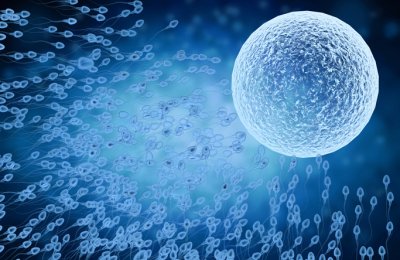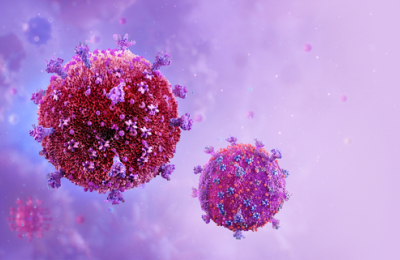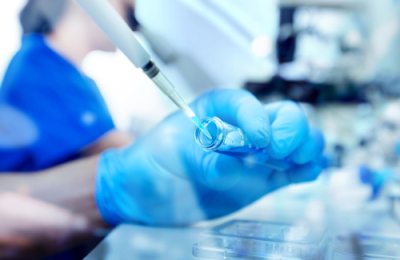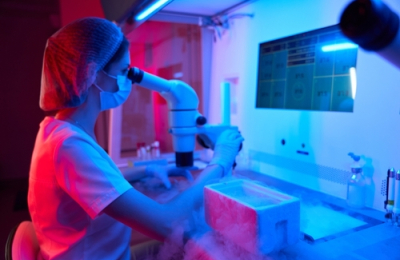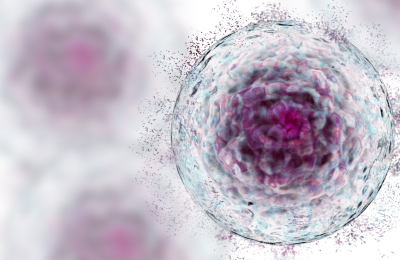
Researchers have unveiled the inaugural spatial blueprint delineating the myriad cell types constituting the human ovary.
Utilizing ovarian tissue sourced from five reproductive-age organ donors, scientists pinpointed the pivotal genes essential for normal egg development. Activation of these critical genes at precise junctures facilitates the maturation of ovarian follicles, culminating in the release of mature eggs ripe for fertilization, thus potentially initiating pregnancy. In the absence of hormone release or egg maturation, many follicles typically undergo degradation.
"Identifying the genes expressed in oocytes provides a platform for exploring the manipulation of these genes to engineer functional follicles. This avenue holds promise for crafting an artificial ovary, eventually suitable for transplantation," remarked Dr. Ariella Shikanov, Associate Professor of Biomedical Engineering at the University of Michigan and lead author of the study published in Science Advances.
This initiative forms a segment of the Human Cell Atlas endeavor, striving to construct comprehensive charts elucidating the diverse cells within the body, their molecular attributes, and spatial distributions, aiming to enhance comprehension of human physiology and disease etiology.
Employing spatial transcriptomics, scientists tracked gene activity across tissue samples, scrutinizing RNA, a genetic molecule translating DNA instructions into proteins, at 257 distinct ovarian sites and within various cell types. Their analysis unveiled distinctive genetic expressions across ovarian cell varieties.
"For the first time, we could isolate ovarian follicles and oocytes for transcriptional scrutiny, illuminating active gene profiles," Dr. Shikanov highlighted.
She emphasized, "This fresh dataset lays the groundwork for unraveling the criteria defining optimal eggs — determining which follicles mature, ovulate, fertilize, and ultimately foster conception."
In addition to facilitating female fertility, functional ovaries govern hormone secretion, regulating the menstrual cycle.
The team aims to extend their cartography to encompass other facets of the female reproductive system, such as the fallopian tubes and uterus, offering deeper insights into single-cell dynamics within the system.
These insights could inform the development of organoids, advancing investigations into gamete production and fertility, the researchers noted.



























